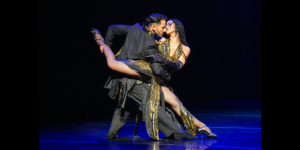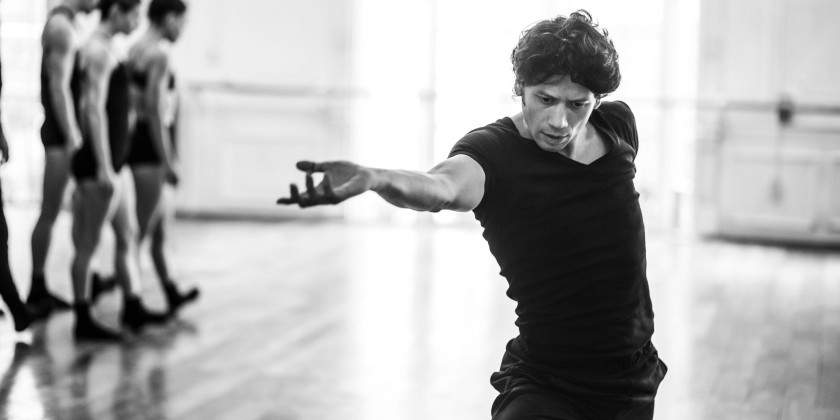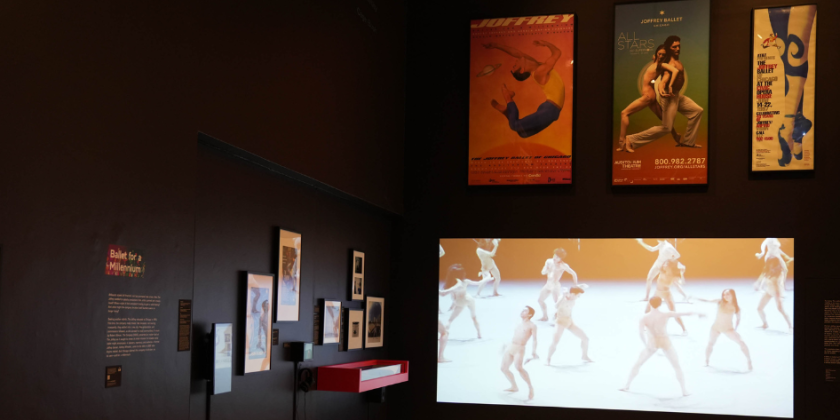IMPRESSIONS: Twyla Tharp Dance at The Joyce Theater
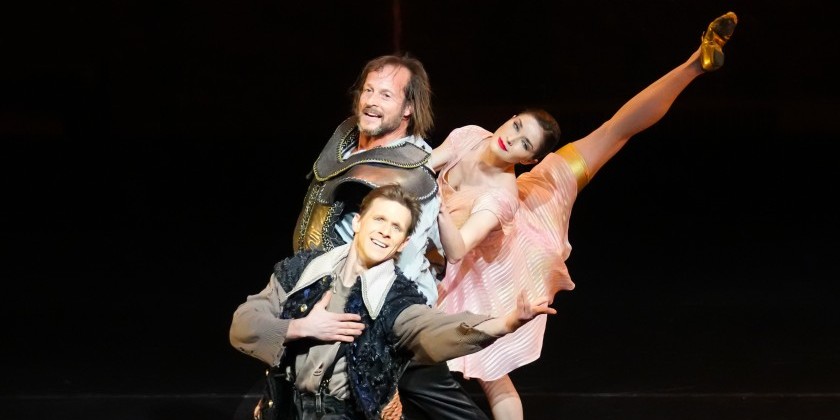
Choreography: Twyla Tharp
Lighting: Jennifer Tipton and James F. Ingalls
Costumes: Santo Loquasto
Costume builders: Carmen Gee, David Dalrymple, Inc., Euroco Costumes
Dancers: Herman Cornejo, Miriam Gittens, Daisy Jacobson, Skye Mattox, John Selya, Reed Tankersley, Cassandra Trenary, Jake Tribus, Daniel Ulbricht
Production supervisor: Mark Mongold
Production stage manager: Will Knapp
Wardrobe supervisor: Jeffrey Shirbroun
Twyla Tharp Dance's appearance at The Joyce Theater on February 13th reminded us that aspirational values — courage, excellence, and unfettered imagination — have remained constants throughout this choreographer’s long career. We live in dark times, and our battered nation needs the spirit of uplift embodied in this magnificent program, which combined a revival of Ocean’s Motion with the premieres of Brel and The Ballet Master. Even at their most whimsical, Tharp’s dances convey a sense of limitless potential.
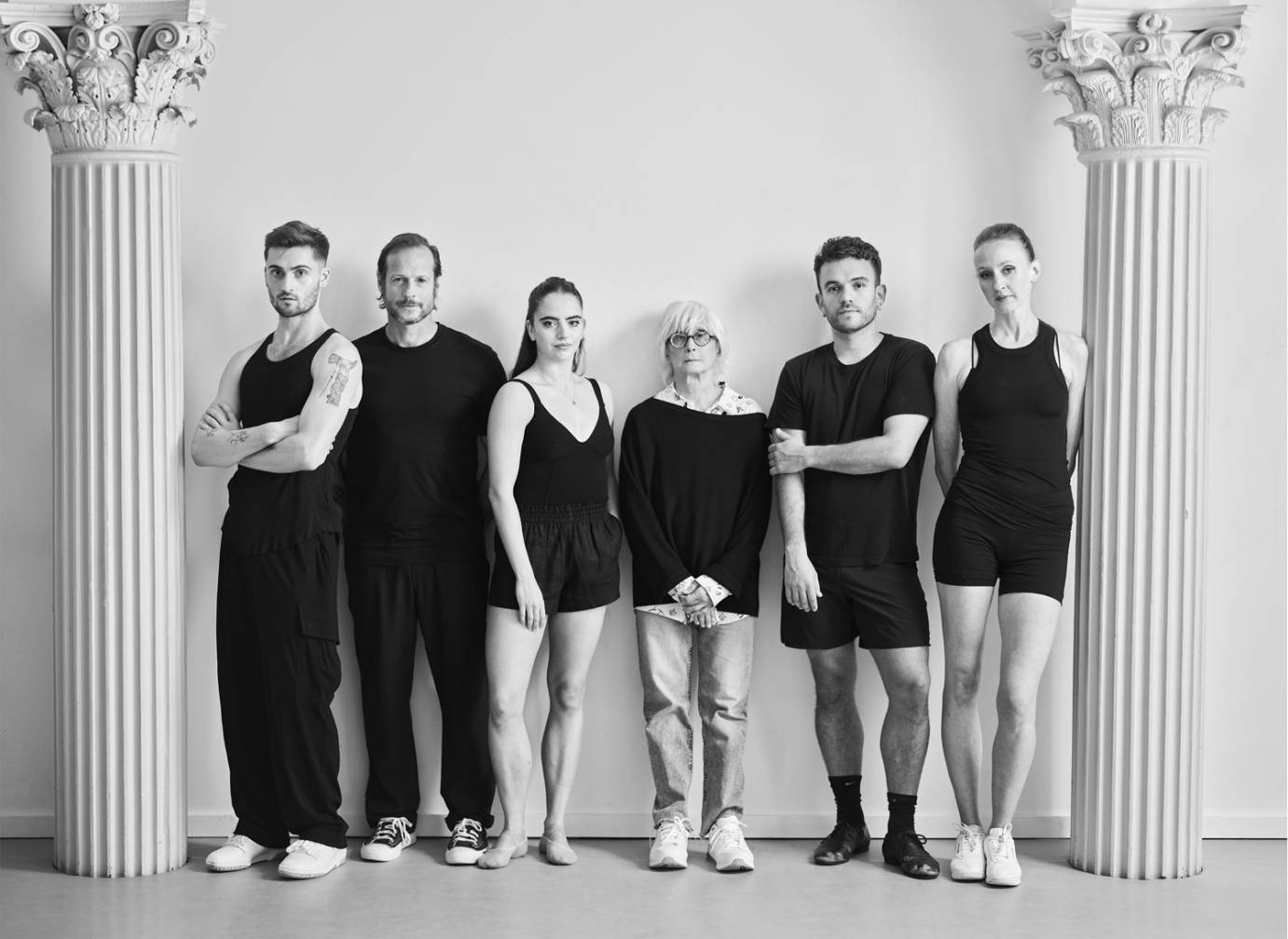
Riding a wave of nostalgia that began with the musical Grease (1972), and building on the success of her rock ‘n roll ballet Deuce Coupe (1973), Tharp created Ocean’s Motion in 1975 to the pioneering music of Chuck Berry. Campy songs like “School Days” and “Too Pooped to Pop” decorate the bare stage with allusions to teenage life. Yet Tharp isn’t ready, yet, to create a full-blown jukebox musical. Instead, she seems to take a load of Boomer memories — the cars with tail-fins, lunch-counters, poodle skirts and bobby socks — and juices them to extract the essence of mid-century America. Two men and three women swivel and shake their way unpredictably through a series of plotless vignettes, creating the illusion that we are watching intimate moments, or out-takes from American Bandstand. What we actually see, however, is a canny choreographer translating American vernacular movement into her own, loose-limbed style. The mood is insouciant. Tharp’s five characters prowl, slouch, and start as if electrocuted. Their hips roll, and they snake around the stage. Yet even at their dizziest, they represent an ideal of youth and freedom. These high-schoolers will never graduate to failure and disillusionment. They will never be old.
.jpg)
Brel evokes a different time of life, and the heroism of the survivor. Again, we see what a choreographer who mastered her craft in the rarefied school of postmodern dance can do when she engages popular music, in this case the heart-on-sleeve songs of Jacques Brel. Unlike Ben van Cauwenbergh, whose Brel-inspired solo Les Bourgeois became a gala staple, Tharp doesn’t need to pander to an audience with mugging and rivoltades.
Herman Cornejo works up to big jumps, eventually, but what makes Brel such a knockout is its exceptional delicacy. A fragile tissue of dramatic nuances holds together the soloist’s slides, spins, and laconic gestures. Dancing to “Ne Me Quitte Pas,” Cornejo appears shocked and disbelieving. Looking down at his hands, he seems to ask himself what has he done, what has he lost? The wondrous lighting, by Jennifer Tipton and James F. Ingalls, subtly models his figure while conjuring bleak Northern skies in which love has turned to ashes. Even the star’s traveling spotlight becomes tender; and Cornejo, more reticent than some artists, has never given so much. Next, I see Tharp tackling Les Parapluies de Cherbourg.
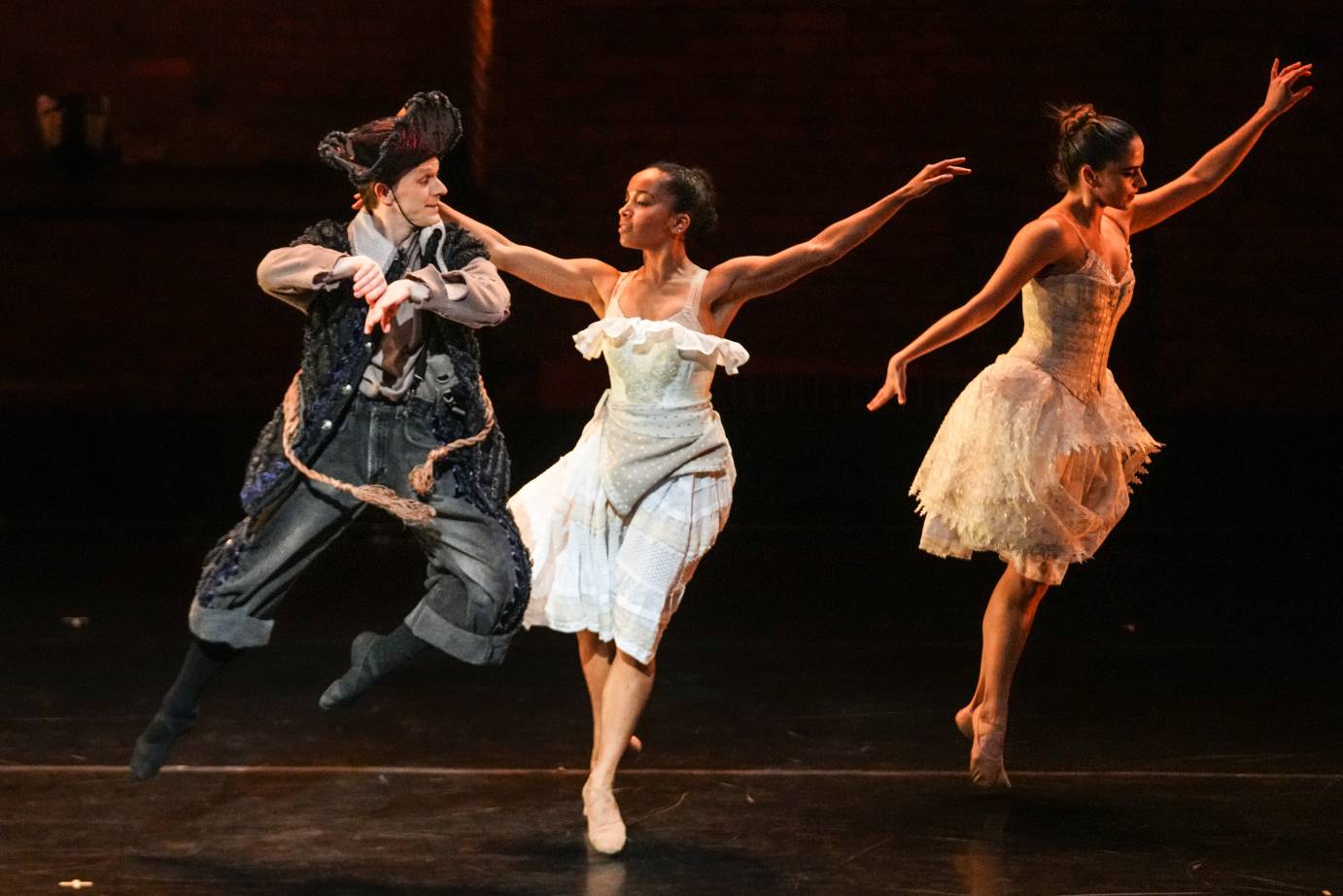
Evidently Tharp is no stranger to mugging, as she reminds us in The Ballet Master, but what delights and sometimes confounds her fans is her ability to crack a joke while making dances of breezy sophistication. (Genius doesn’t have to be dour.) Satirizing today’s obsession with process and her own profession, The Ballet Master gives us John Selya with long hair and an “artistic” scarf, dramatizing the pangs a dancemaker suffers as he delivers a masterpiece.
The torments are not all in Selya’s head. Unlike the painter who struggles alone, the ballet master enjoys the society of impish collaborators. Reed Tankersley and Jake Tribus keep practicing a scene in which Tankersley offers Tribus a hand up from the floor, but something is not right and the scene breaks down amid signs of petulance and vanity. The women are just as bad. In the same situation, Daisy Jacobson leaves Miriam Gittens lying on the ground, forgetting all about her as Jacobson clutches her own head, either mourning her misspent life or searching for motivation. Why must she give Gittens her hand? Later, Selya helps engineer a tricky lift, which prompts a confused negotiation while Gittens remains stuck in the air.
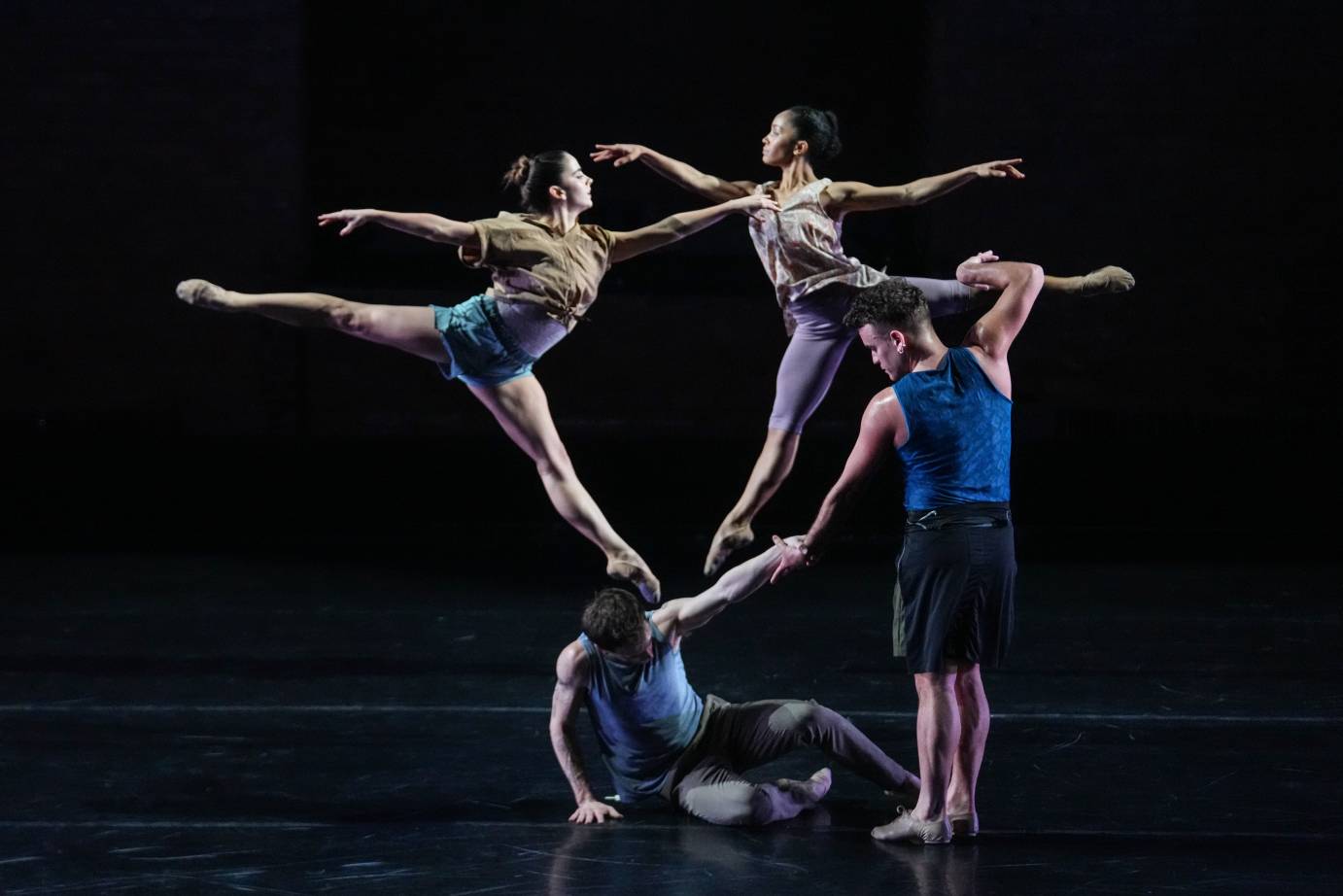
As if the dancers weren’t trouble enough, Daniel Ulbricht then appears to pester Selya. Wearing nerdy glasses and carrying a clipboard, Ulbricht could be the dramaturg, or the accountant with a bouquet of unpaid bills. Only divine intervention can save our poor ballet master now. Fortunately, divine intervention in these cases is not unknown. Who should turn up betimes, but the Muse herself, Cassandra Trenary in all her leggy glamor? At this point, Tharp cannot resist transforming The Ballet Master into a slapstick Don Quixote ballet, but please to note the reference is not primarily to American Ballet Theatre’s rambunctious and ever-popular production of Don Q, but to George Balanchine’s luckless Muse-chaser of 1965. If only Balanchine had been able to see the humor in his predicament, he might have choreographed a comic gem like The Ballet Master. This is not the first time, by the way, that in the high-stakes game of ballet poker, Tharp has seen Balanchine and raised him a few chips (please to recall the three-part counterpoint in Brahms-Haydn Variations).
.jpg)
Soon Selya is cavorting in a Man of La Mancha breastplate, while Ulbricht hams it up as Sancho Panza. Trenary sneaks across the stage in a demure, Dulcinea costume, but grows increasingly bold as Selya’s imagination catches fire. When Trenary returns in an airy miniskirt, we know the ballet master isn’t just dreaming of steps; and when she returns in athletic shoes, we know Tharp isn’t just dreaming about the 19th century. Then Tharp starts pulling all the levers. Cuing various groups to come and go, she builds a joyous, multi-layered composition that is the model of the ballet master’s art, a hectic panorama whose bold energy suggests a vision of America free and on the move.







